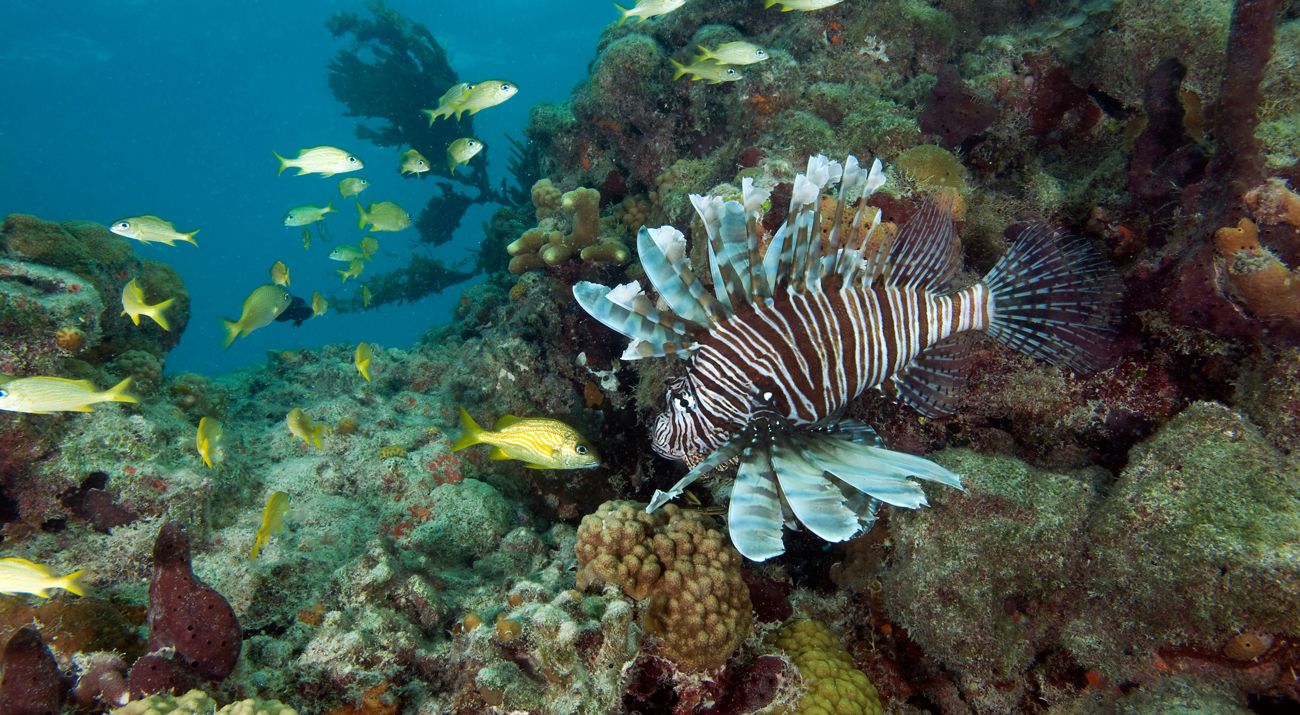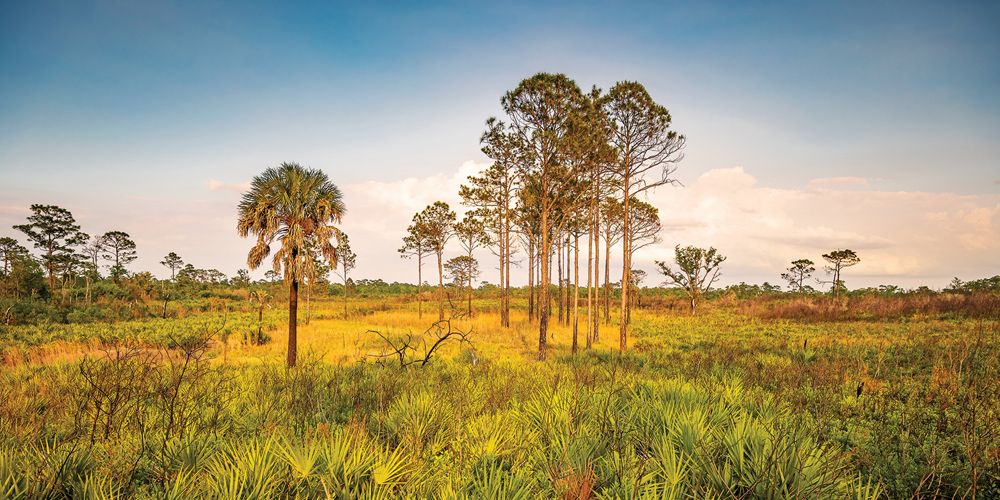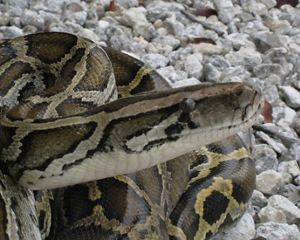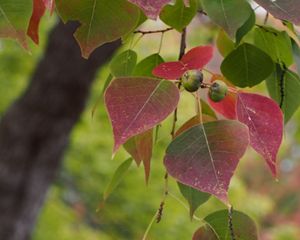Slowing the Spread of Invasive Species
The threat posed by invasive species is second only to habitat destruction through development.
What Are the Invasive Species in Florida?
Feral pigs churn up natural environments like a plow. Spectacular-looking lionfish along the coast voraciously devour juvenile reef fish. Old World climbing fern fronds, up to 125-feet long, smother everything beneath them. Non-native forest pests threaten Florida’s natural lands, orchards, street trees, and forest industry—with additional pests like emerald ash borer coming increasingly closer to the state. Invasive, non-native species such as these cause serious damage when introduced to Florida’s natural lands. Indeed, the threat they pose is second only to the direct destruction of habitats through development.
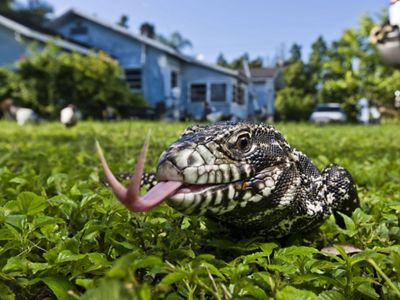
Because Florida’s climate is so hospitable, invasive species cause more of a crisis here than anywhere else in the continental United States. The fact that Florida is the world leader in the reptile trade, and serves as point of entry for almost three-fourths of all plants imported into the U.S., compounds the problem.
All of Florida’s native habitats—marine, freshwater and terrestrial—are threatened by invasive species. The cost of managing Florida’s invasive plants alone is estimated at $100 million each year; the cost of animal management could easily exceed this.
TNC is taking steps to help keep nature in balance and protect human communities.
TNC’s Strategy Is Straightforward:
- Prevent future invasions of non-native species.
- Quickly detect and respond to an invasion when it occurs.
- Protect native habitats by minimizing the damage caused by invasive species that are challenging or impossible to eradicate.
Taking Action Steps
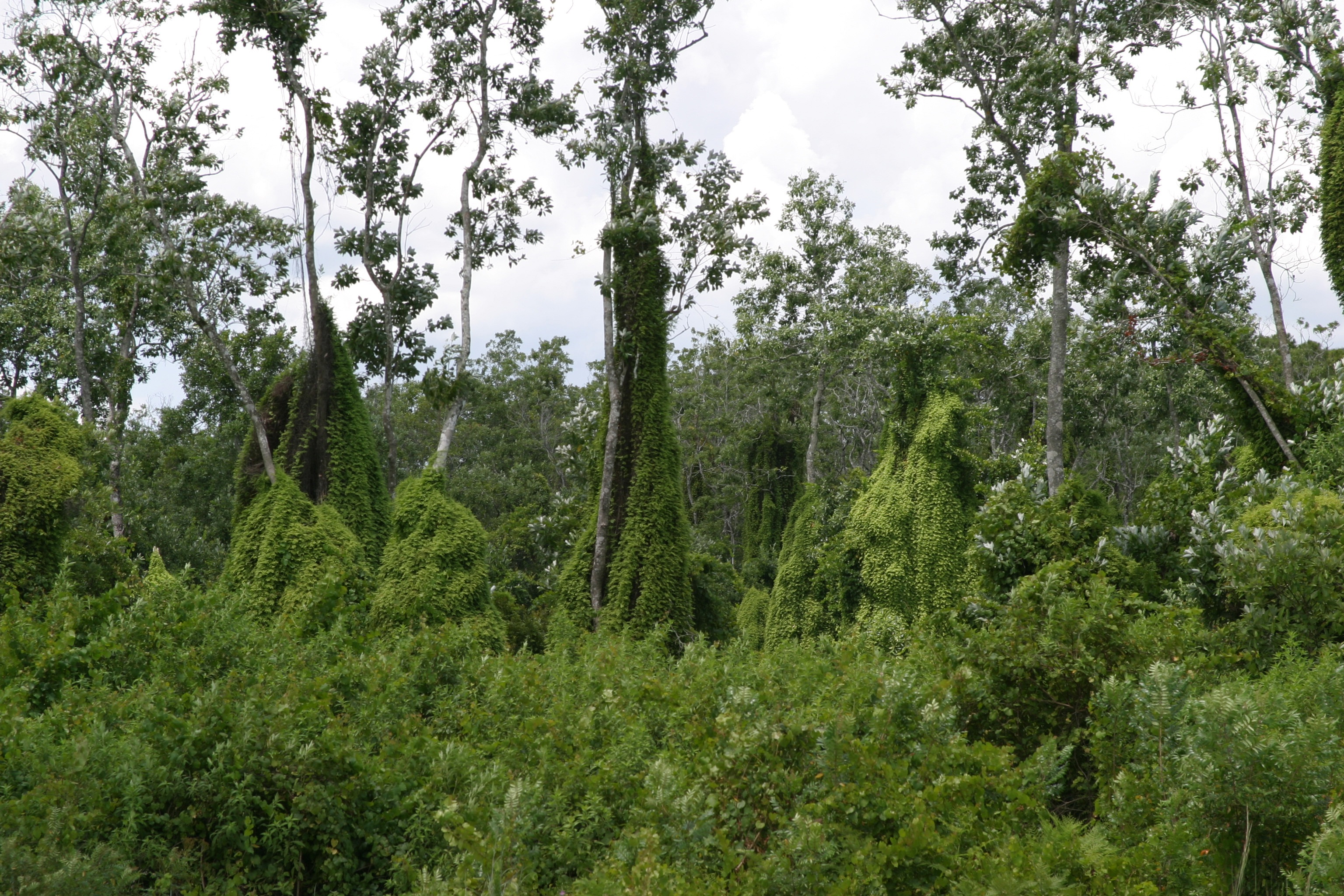
Policy
TNC staff serve on state and federal advisory committees, and inform policy-makers with the latest and best scientific advice. Certain non-native plants can wreak havoc on agricultural systems as well as natural habitats. Along with the University of Florida, TNC successfully advanced the adoption of a screening tool that predicts which plant species – including those being proposed as biofuels—might become invasive. UF now requires its extension agents to reference this tool before recommending plants. This tool also influences state policy, through the inclusion of UF on a state committee responsible for listing Florida’s worst weeds, which determines whether they are allowed to be sold and planted in Florida. TNC staff advocate for a similar proactive risk assessment of non-native animals.
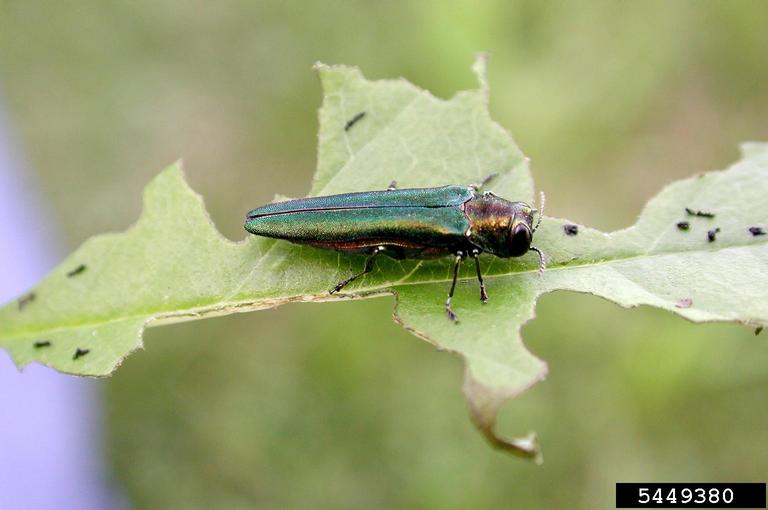
Science
TNC works to advance the science that underpins management and policy decisions focused on reducing the impact of invasive species. Along with Cornell University, the USDA Forest Service, the Cary Institute of Ecosystem Studies, and Purdue University, TNC published a study showing that insects and diseases, including non-native wood-boring insects, reduce a forest’s long-term ability to capture and store carbon. This study not only called the alarm, but importantly pointed to solutions to address the threat, including; improving forest management practices, strengthening polices to prevent non-native pests from entering North America, and promoting “slow the spread” programs – such as the Don't Move Firewood campaign.
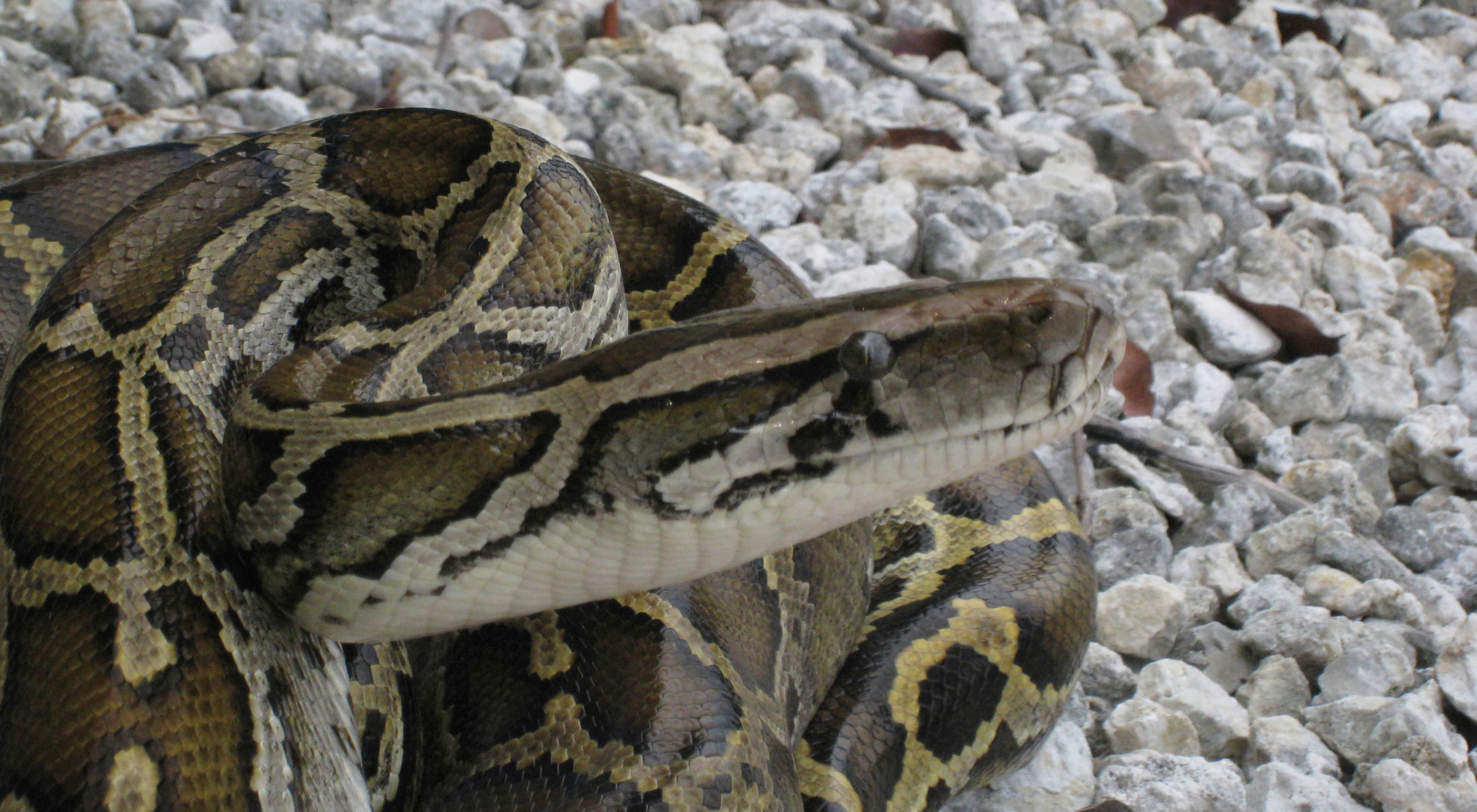
Best Practices
When Burmese pythons were spotted swimming from the Everglades toward the Florida Keys, TNC created Python Patrol, and, once established, transferred this program to the Florida Fish and Wildlife Conservation Commission. This early-detection, rapid-response can help slow the spread of these non-native constrictor snakes. Python Patrol trains community workers to identify the snakes and call in sightings; wildlife professionals can then capture the snakes, which snack on endangered species and can grow longer than 20 feet.
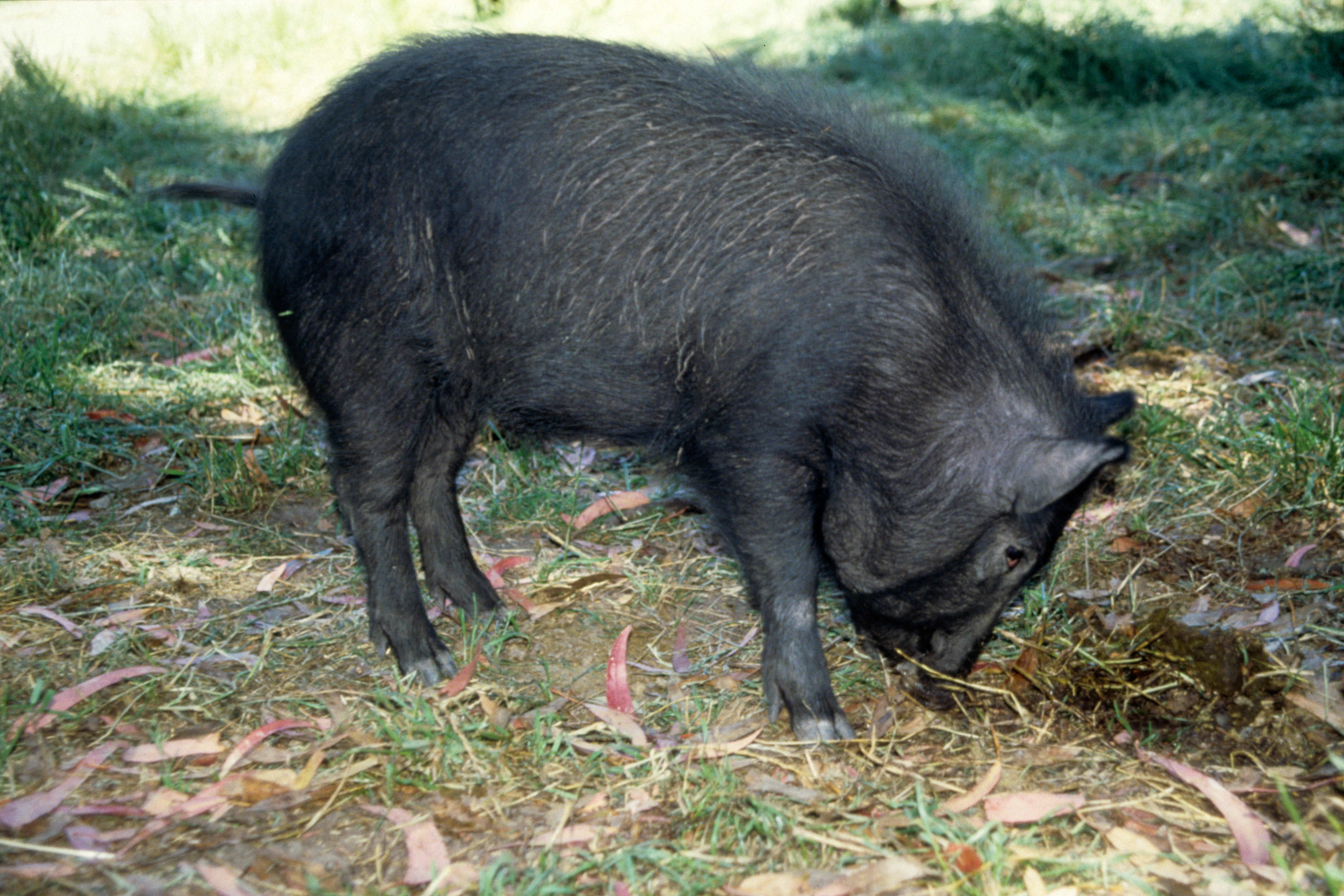
Land Management
Because TNC owns and manages property, we understand the complexities and difficulties that public conservation lands face. As part of TNC's Center for Conservation Initiatives, stewardship staff strive to minimize the threat of invasive non-native species to advance natural resource management. TNC implements decontamination procedures to prevent the unintentional movement of invasive species, practices early detection and rapid response to new invasive species to thwart their establishment, and learns and shares the latest treatment approaches to conduct integrated pest management of established invasive species that are likely to be ecosystem game changers and which are controllable.
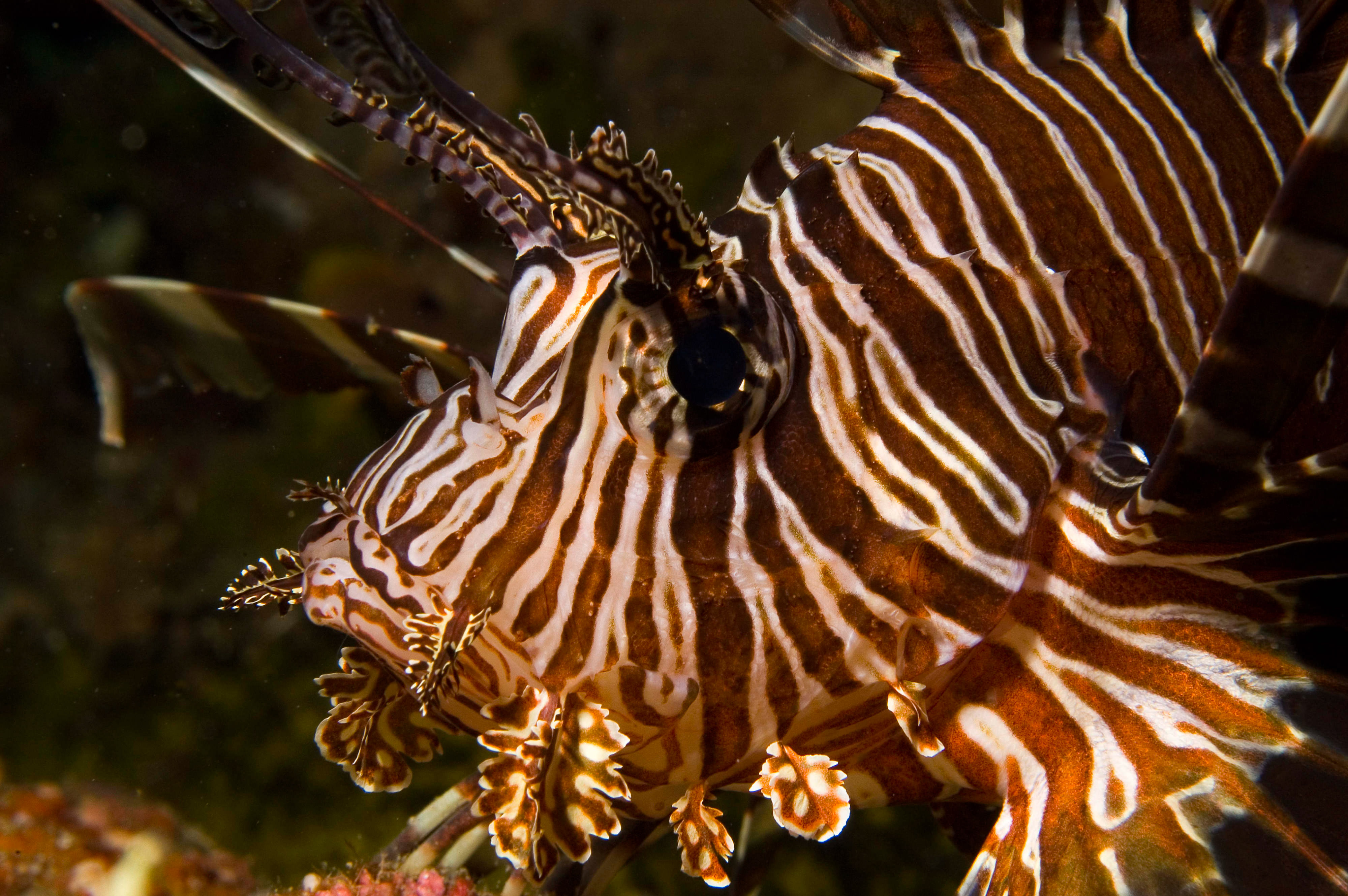
Partnerships
TNC joins state and federal agencies and private groups in carefully considered on-the-ground strategies to minimize the ecosystem impacts of invasive species. Regional Cooperative Invasive Species Management Areas (CISMAs) have been established to share expertise and resources. CISMAs are voluntary partnerships within geographic regions striving to work more effectively and efficiently together. TNC is actively engaged in four of these CISMA partnerships. TNC was also a founding member of the Florida Invasive Species Partnership, a group of representatives from agencies and organizations, that advises and helps implement the work of the CISMAs.

We Can't Save Nature Without You
Sign up to receive Nature News and updates from Florida. Preview Nature News
